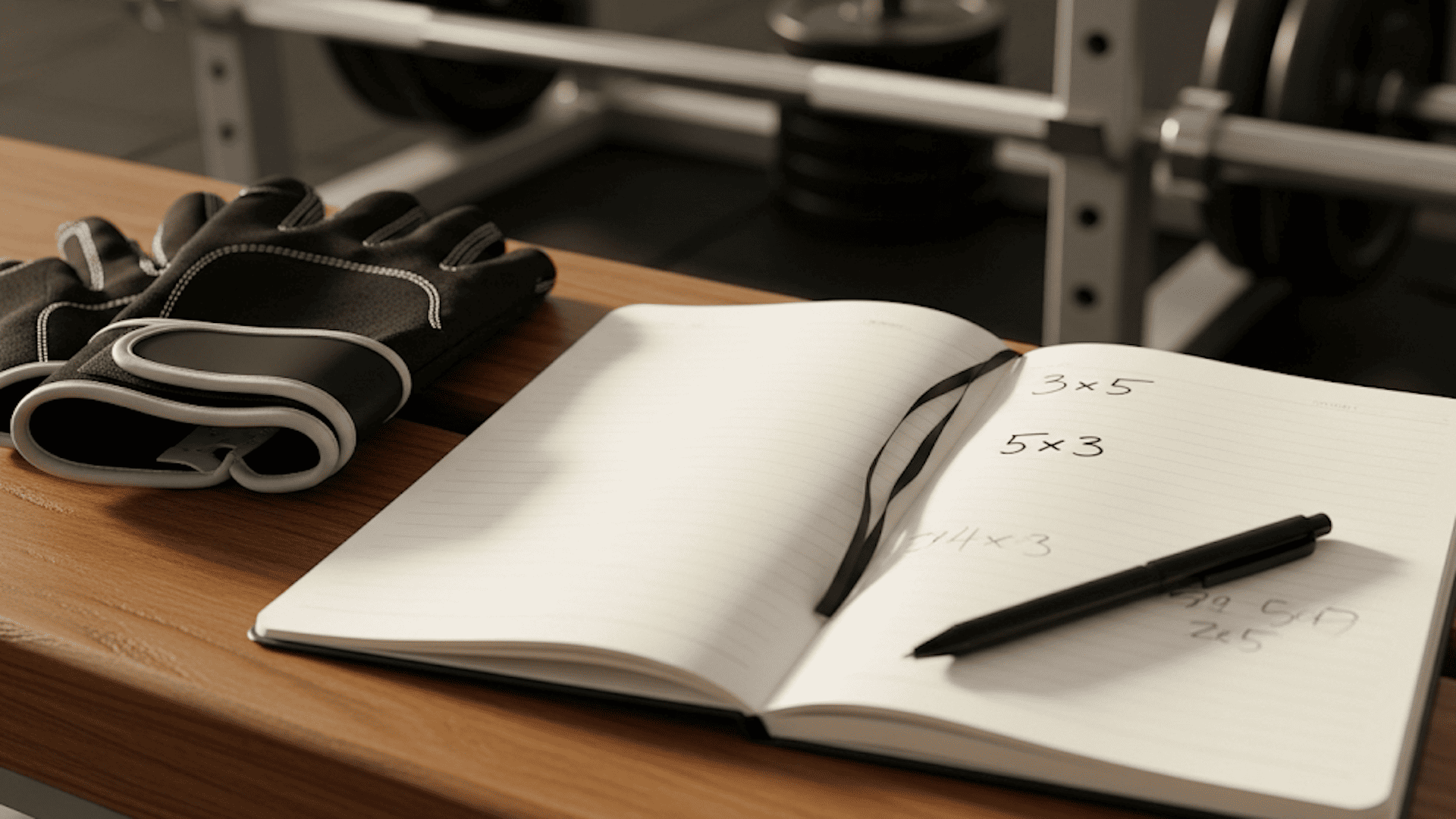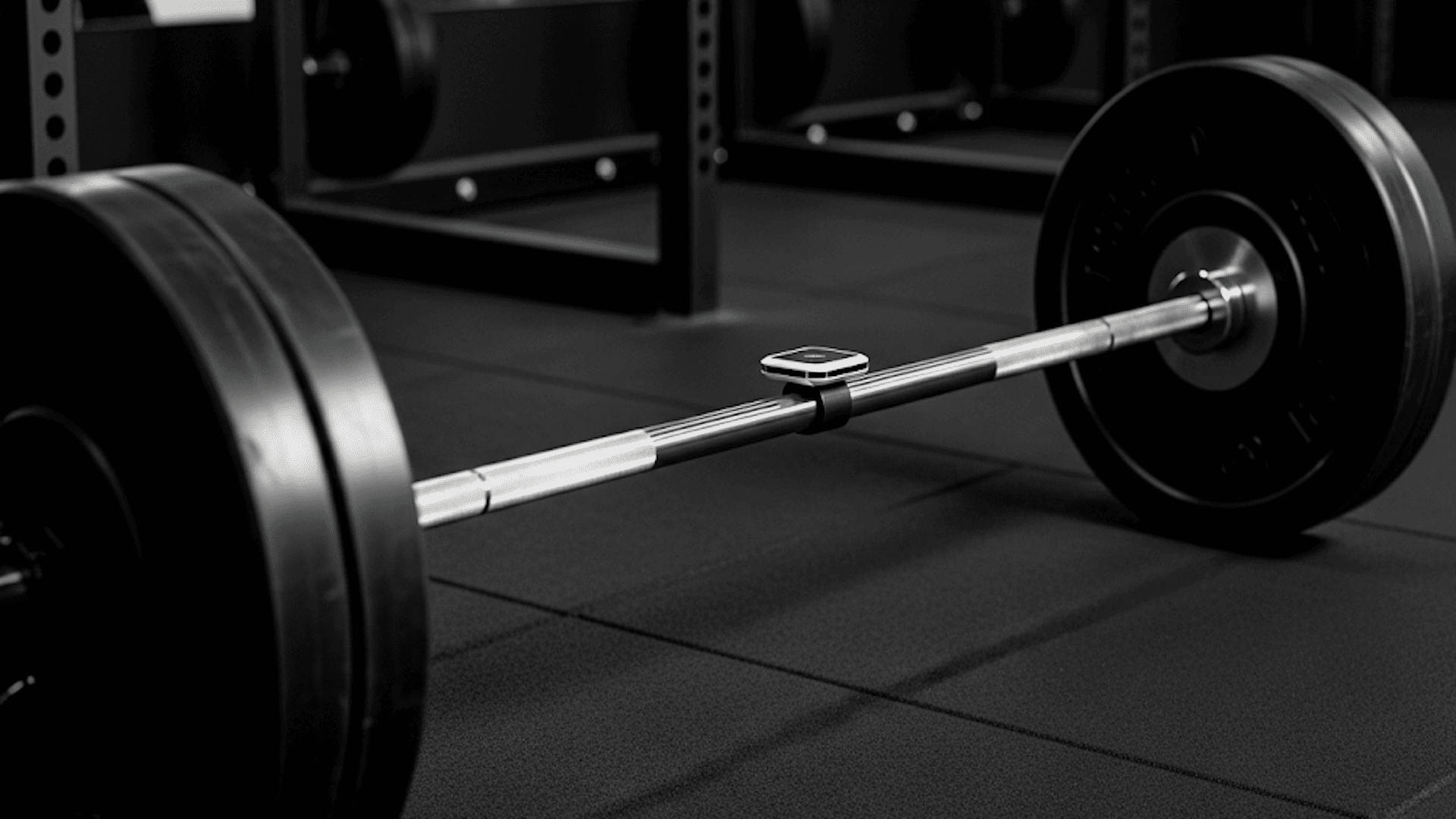How do you build real strength that translates to heavy lifts and athletic performance?
Most lifters waste time with random rep ranges that don’t match their goals. They jump between high reps one day and singles the next without understanding what actually builds strength.
This scattered approach leads to mediocre results and frustration.
The solution lies in understanding the specific rep range for strength that triggers the right adaptations in your body.
Research indicates that certain rep ranges build strength more effectively than others by targeting the nervous system and muscle recruitment patterns.
When you match your training to these proven numbers, you see consistent progress week after week and build the strength you’ve always wanted.
What Strength Rep Ranges Really Mean?
Strength training creates three types of adaptations in your body. Neural adaptations happen first when your brain learns to recruit more muscle fibers at once.
This helps you build strength without adding muscle size. Hypertrophy adaptations focus on muscle growth. Endurance adaptations improve the duration for which your muscles can function.
Fitness experts divide repetition ranges into four zones. The power zone uses 1-3 repetitions with very heavy weights.
The strength zone uses 2-6 repetitions at 80-90% of your maximum weight. The hypertrophy zone covers 6-12 repetitions for muscle growth.
The endurance zone starts at 12+ repetitions with lighter weights. The optimal repetition range for strength training is 2-6 repetitions, as this range yields the most significant strength gains.
Rep Range Strength Numbers That Work
Common weight training wisdom holds that there are different optimal intensity ranges for different goals. The strength zone uses 3-6 repetitions at 85-90% of your one-rep maximum for powerlifting and maximum strength development.
The hypertrophy zone covers 8-12 repetitions at 70-80% of 1RM for bodybuilding and muscle growth. The endurance zone spans 15-20 repetitions at 50-60% of 1RM for runners and endurance athletes.
Power training utilizes 4-6 repetitions at 40-60% of 1RM with high velocity to enhance athletic skills and promote recovery.
For strength training specifically, the 3-5 repetition range offers the most practical benefits. You can use 85-90% of your maximum weight while maintaining perfect form throughout each set.
This intensity triggers the neural adaptations you need without completely exhausting you.
Key benefits of the strength rep range:
- Heavy enough to build serious strength yet light enough for quality repetitions
- Easy recovery between sets helps maintain workout intensity
- Time-efficient approach that works well for busy schedules
- Most strength athletes rely on this range as their primary training method
Training with lighter weights to complete failure can also build strength using a different approach. You use 65-75% of your maximum weight and lift until you cannot complete another repetition.
Use this approach during deload weeks, when you cannot access heavy weights, or when you need to break through training plateaus.
This method causes less joint stress while still building strength, but requires more mental effort to push through failure.
Rep Range for Strength Using RPE/RIR
The relationship between weight percentage and repetitions helps you plan your workouts more effectively. At 90% of your 1RM, expect 2-4 repetitions before failure.
At 85%, you can typically manage 4-6 repetitions. At 80%, most people complete 6 to 8 repetitions. At 75%, you can usually do 8-10 repetitions. These numbers vary from individual to individual, so use them as starting guidelines.
RIR stands for “Repetitions In Reserve” and helps you gauge workout intensity without testing your maximum. Training at 0 RIR means you cannot do another repetition with good form.
This creates high fatigue, so use it sparingly. Training at 1 RIR means you could do one more repetition if forced. This works well for strength training with manageable fatigue.
Training at 2 RIR means you could do two more repetitions and work for higher volume days. Training at 3 RIR means you could easily do three more repetitions, and it works well for technique practice.
For the best repetition range for strength training, aim to stay between 0-2 RIR most of the time to provide sufficient stimulus without overexertion.
How to Find Your Optimal Rep Range?
Determining your optimal repetition range requires systematic testing over a period of two weeks.
Start by rotating through different approaches: 3 sets of 3 repetitions at 90% 1RM on day one, 5 sets of 3 repetitions at 88% 1RM on day three, and 4 sets of 5 repetitions at 85% 1RM on day five.
Week two begins with three sets of six repetitions at 80% of your 1RM, then return to your best-feeling protocol from week one. Track how each session feels during and after training.
Note your energy levels the next day and pay attention to which weights moved fastest. Pick the repetition scheme that feels most natural and allows you to lift with the best technique.
Objective measures help you make informed choices. Rate your energy on a 1-10 scale each morning and note any joint stiffness or unusual soreness.
Monitor the bar speed within the same repetition range, as faster speeds typically indicate better strength development. Track heart rate variability, as higher HRV often indicates better recovery, while lower values suggest you need easier training.
The repetition range that maintains good recovery metrics is probably right for you. If bar speed remains high and HRV remains stable, you’re training effectively without overexertion.
Track these measures for 2-3 weeks to gather sufficient data for informed training decisions.
Rep Range for Strength Levels
Different experience levels require different rep range strategies to maintain effective strength building.
| Training Level | Best Rep Range | Sets | Focus | Progression Strategy |
|---|---|---|---|---|
| Beginners (0-6 months) | 5-8 reps initially, then 3-5 reps | 3 sets | Learning movement patterns with moderate weights | Add 2.5-5 lbs per week, master technique before chasing heavy loads |
| Intermediates (6 months – 3 years) | Rotate between 1-3, 3-5, and 5-8 reps | 3-4 sets | Undulating rep ranges and block structure | Change rep ranges weekly or use 3-4 week blocks |
| Advanced (3+ years) | 1-5 reps with periodization | 4-5 sets | Block periodization and competition peaking | Plan 2-4 major peaks per year with structured accumulation, intensification, and realization phases |
Your training experience determines the best repetition range approach. Beginners should focus on consistency and technique. Intermediates need variety to prevent plateaus. Advanced lifters require structured periodization with careful planning.
Strength Rep Range for Different Lifts
Different lifts respond better to specific rep ranges based on their demands and complexity. Understanding these differences helps you optimize your training for each movement while incorporating advanced techniques when needed.
- Squat training: Use 3-5 reps for strength, but don’t avoid occasional 6-8 rep sets. Front squats work better with 3-6 reps due to upper back fatigue.
- Bench press training: Use 1-5 reps for strength work with frequent practice. Include 6-10 rep sets for tricep and shoulder development. The pause bench requires fewer reps than touch-and-go variations.
- Deadlift training: Stick to 1-5 reps for most sets due to high fatigue demands. Avoid higher-rep deadlifts, as technique often breaks down.
- Overhead press training: Use 3-8 reps depending on goals and variation. A strict press requires fewer reps than a push press.
- Advanced techniques: Use cluster sets to break sets into smaller pieces with 15-second rests. Try rest-pause training by doing a set to near failure, resting for 10-15 seconds, and then continuing. Add back-off sets by reducing weight 10-20% after heavy work for extra volume.
These methods allow you to customize your approach based on each lift’s specific demands while maintaining the core principle that the best rep range for strength falls within that 2-6 rep window.
The Bottom Line
Building strength comes down to consistency with the right rep range for strength training. You now understand that the sweet spot falls between two and six repetitions for maximum strength gains.
This range targets your nervous system while allowing you to maintain perfect technique under challenging loads.
The best rep range for strength isn’t just about the numbers but how your body responds to different approaches. Test various rep ranges systematically and track your recovery to find what works best for you.
Remember that consistency with proven methods beats constantly changing your approach. Focus on progressive overload within your optimal rep range for strength and watch your lifts grow steadily over time.
What’s your biggest challenge when choosing rep ranges? Share it in the comments and get advice from other lifters
Frequently Asked Questions
What is the 3/2/1 Rule in Gym?
The 3/2/1 rule involves performing 3 sets of an exercise, resting for 2 minutes between sets, and using 1 repetition in reserve.
What is the 2 2 2 Rule in the Gym?
The 2-2-2 rule means that when you can do 2 extra reps on your last set for 2 consecutive workouts, increase the weight.
What is the 4 8 12 Rule?
The 4-8-12 rule uses 4 reps for strength, 8 reps for muscle size, and 12 reps for endurance training.









